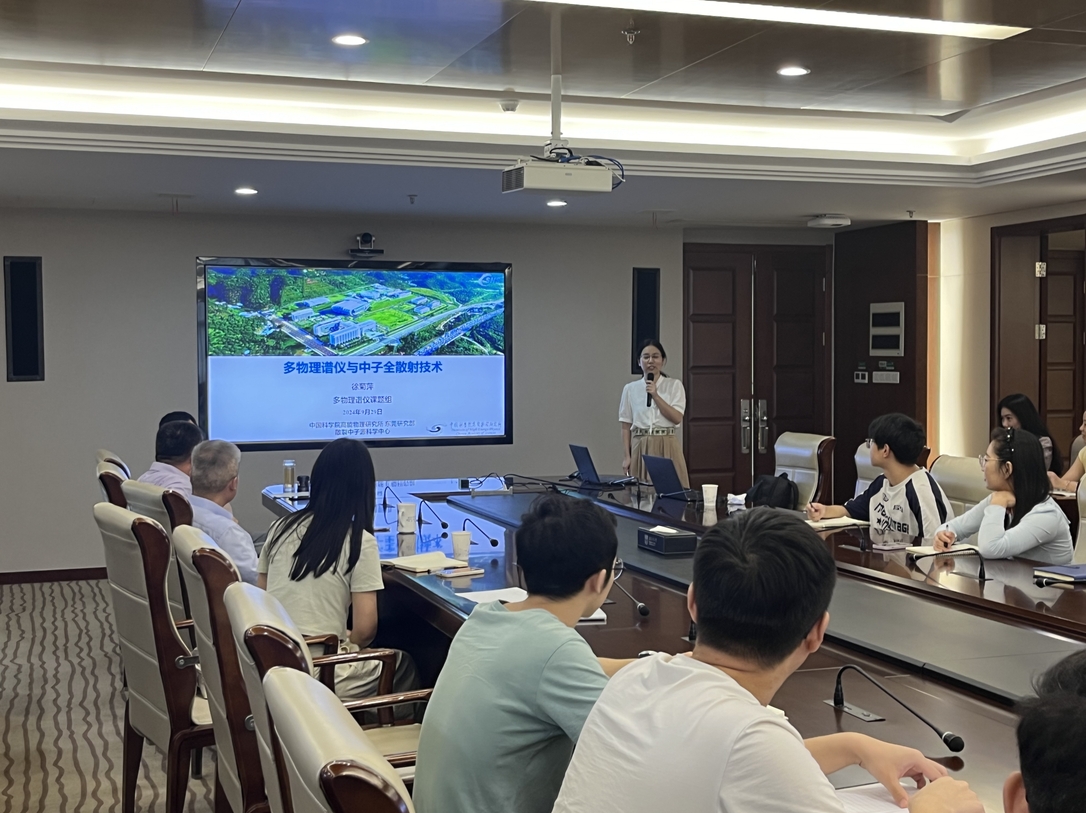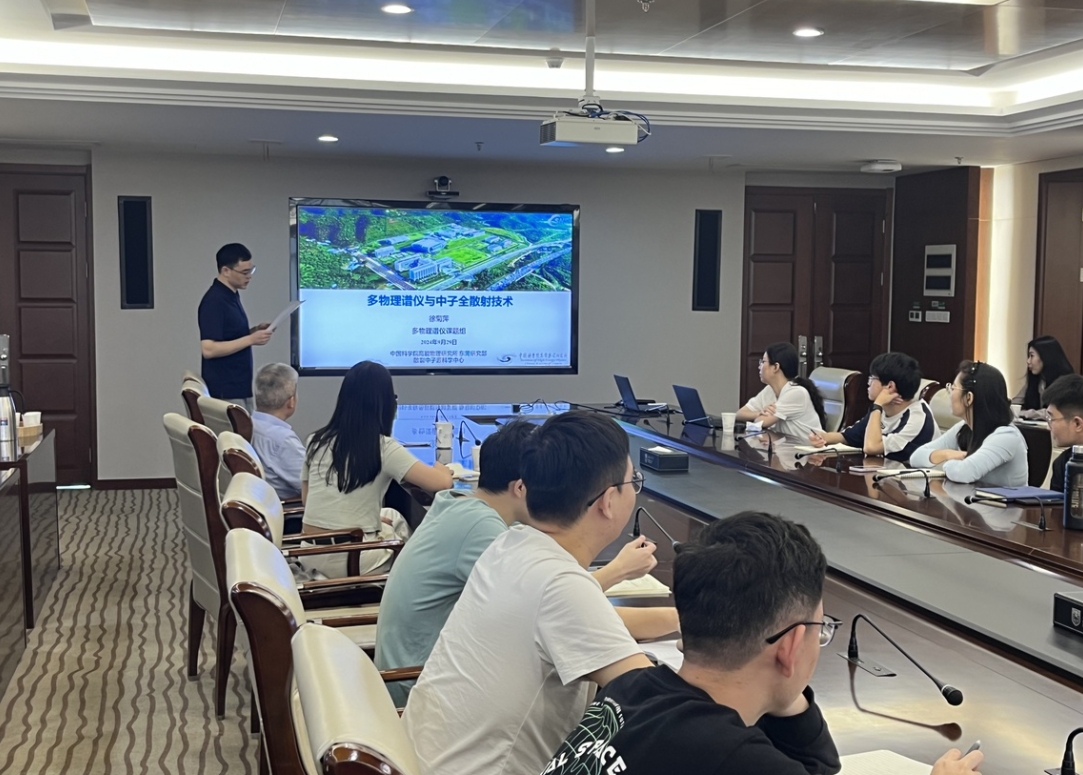On September 29, 2024, Xu Juping, Associate Researcher of the Institute of High Energy Physics, Chinese Academy of Sciences, at the invitation of the State Key Laboratory of Materials Chemical Engineering, gave an academic report entitled "Multi-physics Spectrometer and Total Neutron Scattering Technology" in the Atrium lecture Hall on the third floor of Hongyi Building. Professor Zhou Yu presided over the lecture, and teachers and graduate students in related research fields attended the academic lecture.
Associate Researcher Xu Juping's vivid report and unique insights have greatly inspired the teachers and students present, so that they have a deeper understanding of the principle and application of multi-physics spectrometer and total neutron scattering technology. After the report, Associate Researcher Xu Juping gave detailed answers to the questions raised by the students and teachers present. In the end, Professor Zhou Yu made a summary according to the content of the report and thanked Associate Researcher Xu Juping again. The academic report was a complete success.
Personal Resume:
Xu Juping studied in the Laboratory of Particle Beam Intercrossing Application of the Department of Modern Physics of the
University of Science and Technology of China in 2012 and obtained her PhD in 2017. After that, she worked as a postdoctoral
researcher in the Institute of High Energy Physics of the Chinese Academy of Sciences. Now she is an associate researcher in the
Dongguan Research Department of the Institute of High Energy Research. Since 2017, he has been engaged in the research work
on the neutron total scattering technology and application on the multi-physics spectrometer (MPI) of China Scattering Neutron
Source (CSNS). The multi-physics spectrometer is the first neutron full scattering spectrometer in China. It has been running
stably for 3 years and has completed more than 300 user experiments. Its application fields include battery and energy,
chemistry and environment, alloy materials, rare earth and magnetic materials, etc. It provides a structural research platform
with different order degrees for materials science, physics, chemistry, environment and other fields.

